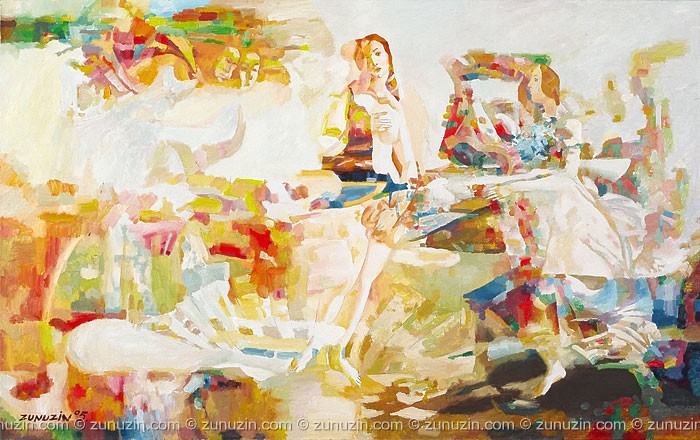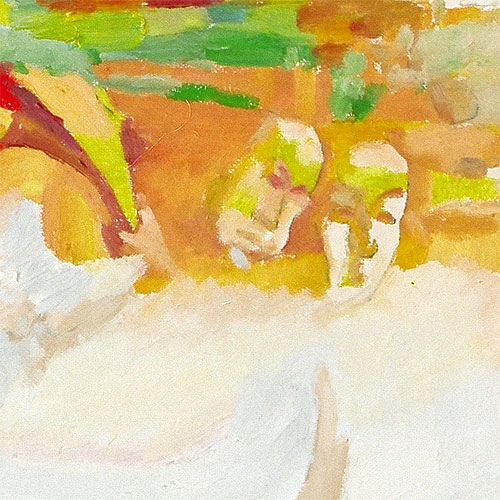Print information
- Artwork printed by EPSON Stylus Pro 7880 (Epson Ultra Chrome K3 Vivid Magenta) on canvas.
- Limited edition prints of 100.
- Each limited edition artwork will be individually printed, signed, dated and numbered by the artist Vladimir Zunuzin.
- Art Prints packaged in a plastic tube.
- © zunuzin.com watermark is only used online and does not appear on your print.
Shipment and payment
- Free worldwide shipping with tracking.
- Will usually ship within 3-5 business days.
- We send prints to all countries via Registered Airmail, they usually arrive within 35 working days to destinations within Western Europe and about 45 working days to destinations outside Europe.
- Payments by Paypal or 2Checkout.
Tags
Painting process in details
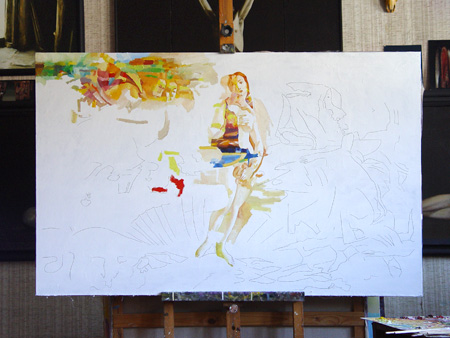
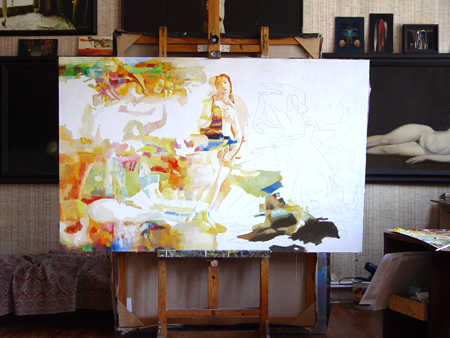
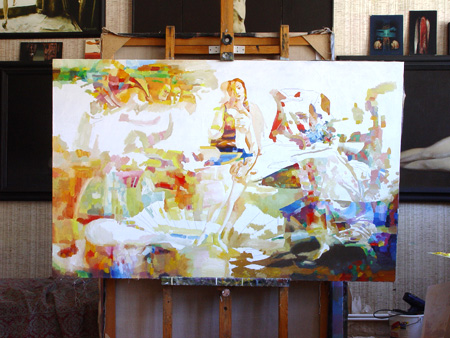
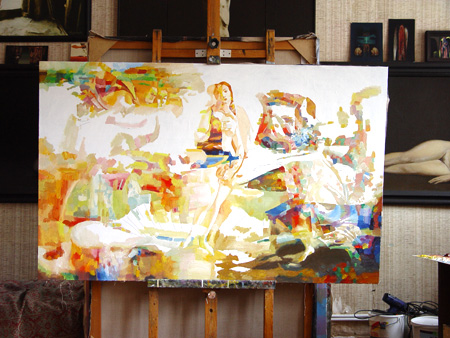
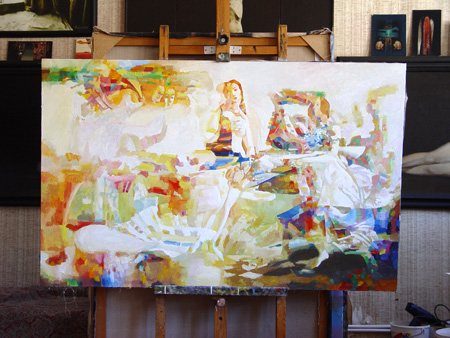
History of the Birth of Venus by Sandro Botticelli
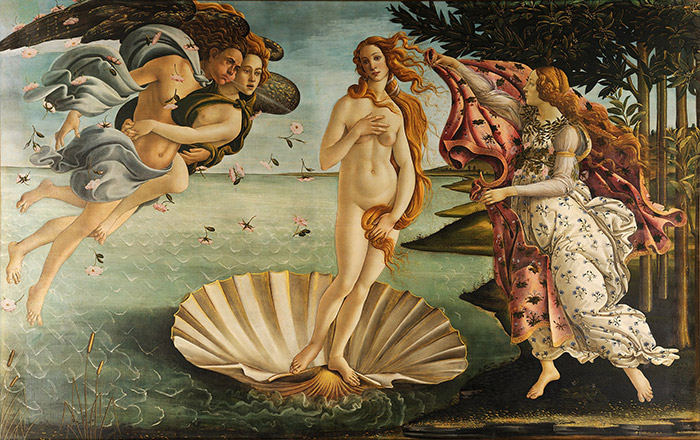
Sandro Botticelli
"Birth of Venus", 1485
Uffizi, Florence
The Birth of Venus (in Italian: Nascita di Venere) is a painting by Sandro Botticelli. It depicts the goddess Venus, having emerged from the sea as a full grown woman, arriving at the sea-shore (which is related to the Venus Anadyomene motif). The painting is held in the Uffizi Gallery in Florence.
In the past many scholars thought that this large picture may have been, like the Primavera, painted for Lorenzo di Pierfrancesco de' Medici's Villa di Castello, around 1482, or even before. This was because Vasari, in his 1550 edition of the Lives of the Artists wrote: "... today, still at Castello, in the villa of the Duke Cosimo, there are two paintings, one the birth of Venus and those breezes and winds that bring her to land with the loves, and likewise another Venus, whom the Graces adorn with flowers, denoting the Springtime." But the Birth of Venus, unlike the Primavera, is not found in Medici inventories of the late-fifteenth and early-sixteenth centuries, which has led some recent scholars to rethink the patronage, and hence the meaning, of the painting. In the last 30 years most art historians have dated the painting, based on its stylistic qualities, to c. 1485–87.
The classical Goddess Venus emerges from the water on a shell, blown towards shore by the Zephyrs, symbols of spiritual passions, and with one of the Ores, goddesses of the seasons, who hands her a flowered cloak. According to some commentators, the naked goddess isn't then a symbol of earthly but of spiritual love, like an ancient marble statue (which might have inspired the 18th century sculptor, Antonio Canova, by its candor), slim and long-limbed, with harmonious features. Via
